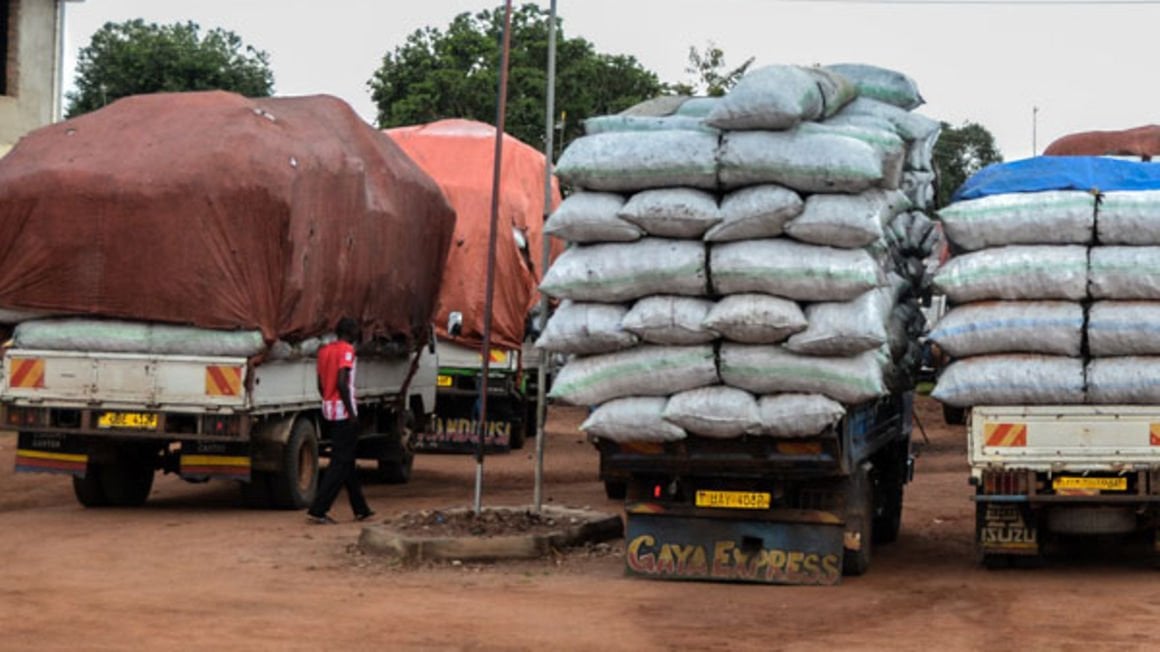Prime
Government in bid to increase uptake of cooking gas

Impounded trucks of charcoal parked at Luweero Central Police Station on November 25, 2020. The government is stepping up efforts in campaigning against the use of charcoal. PHOTO/DAN WANDERA
What you need to know:
- Uptake barriers. The initiative, according to government and other participants, will seek to negate uptake barriers as well as drive repeat utilisation through onboarding LPG experts and the private sector to bolster efforts in reaching intended targets.
Government, through the Office of the Prime Minister, has partnered with social entrepreneur - Raising Gabdho Foundation - to enhance the uptake of liquefied petroleum gas (LPG) popularly known as cooking gas.
The partnership, supported by DCA and United Nations High Commission for Refugees, will also include LPG dealers with the view of accelerating access to clean and sustainable energy through subsidised access of up to 50 per cent.
The initiative, which will initially target vulnerable communities such as refugee and settlement camps, will also seek to push for behavioural change as one of the mixed solution through which uptake of clean energy will be accelerate to reduce the effects of energy poverty in the country.
Uganda heavily relies on wood fuel with charcoal being the most preferred for heating and cooking for both urban households and commercial entities.
According to the 2016 National Charcoal Study, by 2004, the annual consumption of charcoal had grown to about 400,000 tonnes with 300,000 tonnes consumed in Kampala alone.
Charcoal and firewood are reported to be directly linked to Uganda’s environmental degradation, which has seen the country see a radical reduction in its forest cover from 30 per cent in the 1990s to 10 per cent in 2015.
The uptake and utilisation of LPG in Uganda remains largely urban with central taking up the largest share.
According to the Ministry of Energy and Mineral Development, consumption of LPG in Uganda increased from about 1,000 cubic metres in 1994 to 8,000 in 2010.
Growth in consumption has been slow due to pricing and limited access.
Uganda also plans to start production of LPG locally. In a 2020 Ministry of Energy sector review it was noted that Uganda holds recoverable gas reserves of 672b cubic feet, of which 499b is non-associated gas and 173b associated gas.
Therefore, the report noted, Uganda had potential to produce at least 60,000 tonnes of LPG annually.
However, such production will need to be supported with a radical shift that will requires a move away from consumption of traditional energy to LPG.
Last year government scrapped value added tax on cooking gas, driving down retail prices by at least 10 per cent.




